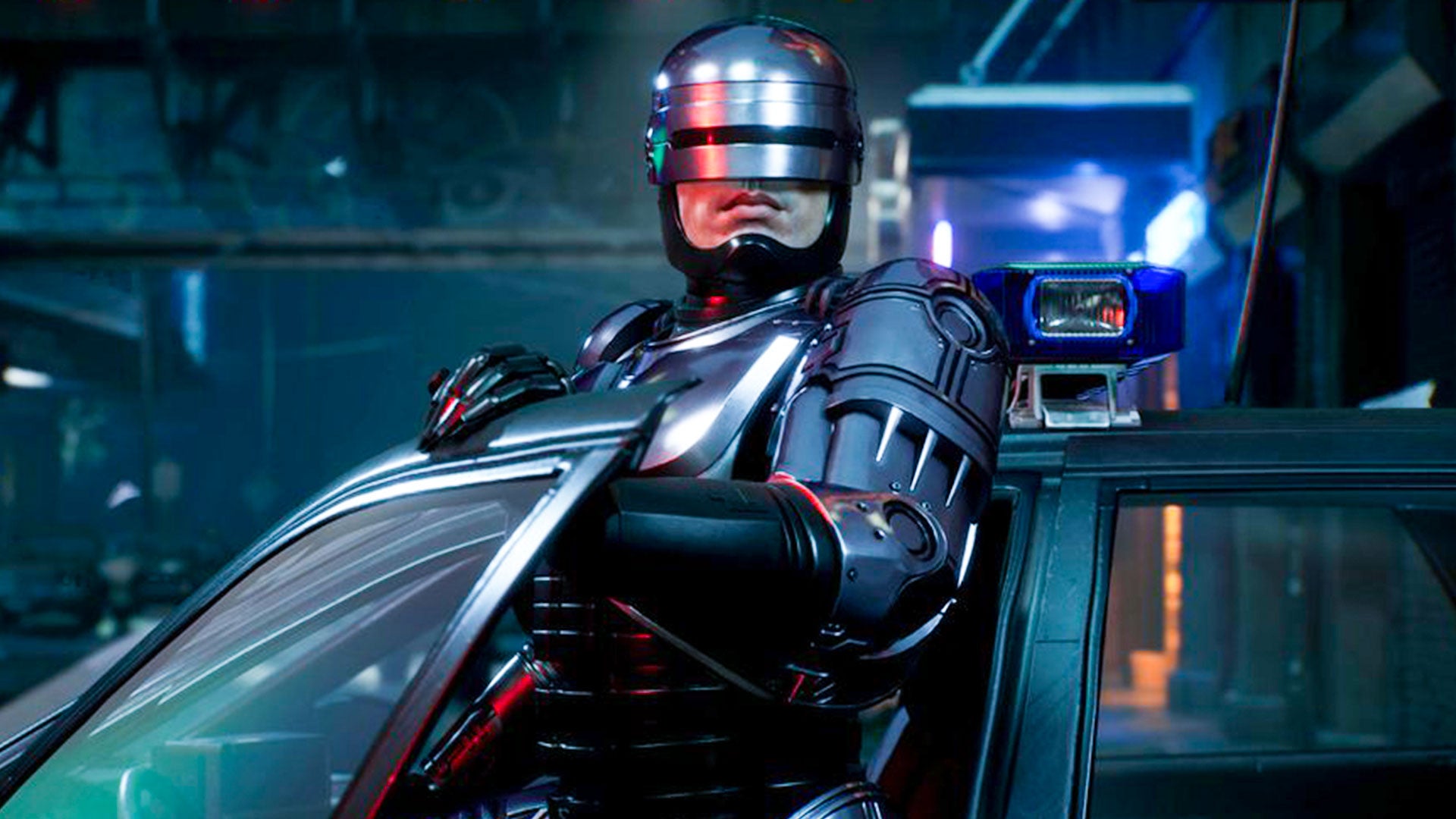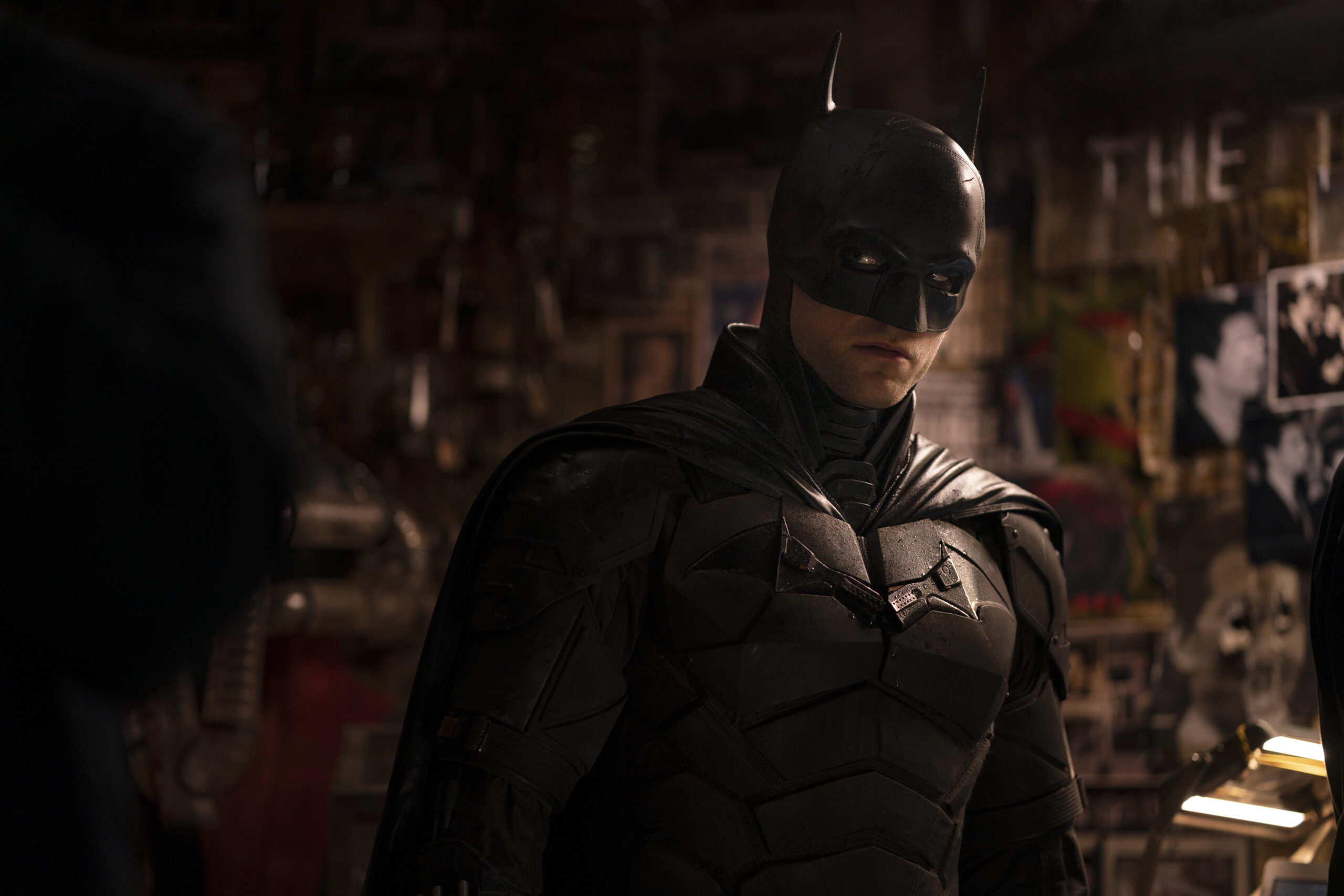In a cinematic landscape often criticized for its reliance on sequels, remakes, and risk-averse formulas, “Dune: Part Two” stands as a towering achievement, blossoming like a rare desert rose in Hollywood’s blockbuster wasteland. Its success is not merely a testament to its stunning visuals, intricate storytelling, and compelling performances, but a beacon of hope for an industry at a crossroads.
The Foundation of Success
Denis Villeneuve’s adaptation of Frank Herbert’s seminal sci-fi epic was a gamble from the start. The complexity of the source material and the high bar set by previous attempts made “Dune” a daunting project. Yet, Villeneuve’s vision for a two-part adaptation was embraced, with “Dune: Part Two” green-lit following the critical and commercial triumph of the first film. The sequel, which continues the tale of Paul Atreides and his rise among the Fremen on the desert planet of Arrakis, was anticipated with bated breath by fans and newcomers alike. With its release, “Dune: Part Two” not only met but surpassed expectations, grossing $178 million worldwide and receiving a highly positive critical response.
A Cinematic Marvel
What sets “Dune: Part Two” apart in the crowded field of Hollywood blockbusters is its uncompromising dedication to storytelling and character development. The film, described as a “breathtaking masterpiece” and likened to “The Lord of the Rings: The Two Towers” and “The Empire Strikes Back,” has been hailed as “the definitive sci-fi epic of a generation”. This acclaim is not unwarranted; “Dune: Part Two” excels in every aspect, from its grandiose scale and aesthetic mastery to the deep emotional resonance of its characters’ journeys. Villeneuve’s ability to marry gripping character arcs with vast, cinematic visuals creates a truly immersive experience that elevates the film above its contemporaries.
A Stellar Ensemble and New Horizons
The returning cast, including Timothée Chalamet, Zendaya, Rebecca Ferguson, and Javier Bardem, deepen the emotional core of the story, their performances praised for adding layers of complexity to the expansive universe of “Dune.” Newcomers such as Christopher Walken and Austin Butler, playing Emperor Shaddam IV and Feyd-Rautha, respectively, add fresh intrigue and conflict, enriching the tapestry of Herbert’s world.
Where Hollywood Falters, “Dune” Flourishes
The recent years have seen Hollywood studios often opting for the safety of familiar franchises and sequels, sometimes at the expense of original storytelling and innovation. “Dune: Part Two” defies this trend, proving that audiences crave and deserve epic tales that challenge and inspire. Its success lies not just in spectacle, but in its commitment to the art of cinema—balancing the demands of blockbuster entertainment with the depth of high art.
Conclusion
“Dune: Part Two” is more than just a sequel; it’s a clarion call for the film industry to dare greatly. In an era where the easy path often leads to the recycling of old ideas, Denis Villeneuve and his team have charted a course through the unexplored, proving that the greatest risks often lead to the most rewarding successes. As “Dune: Part Two” captivates audiences worldwide, it stands as a shining example of what Hollywood can achieve when it embraces the bold, the visionary, and the utterly transformative.


